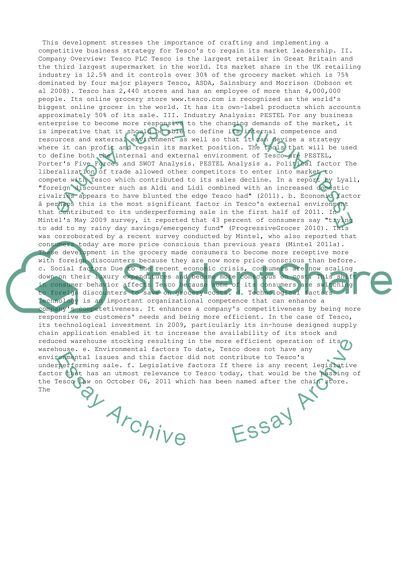Cite this document
(“Strategic management Essay Example | Topics and Well Written Essays - 1500 words”, n.d.)
Retrieved de https://studentshare.org/management/1392451-strategic-management
Retrieved de https://studentshare.org/management/1392451-strategic-management
(Strategic Management Essay Example | Topics and Well Written Essays - 1500 Words)
https://studentshare.org/management/1392451-strategic-management.
https://studentshare.org/management/1392451-strategic-management.
“Strategic Management Essay Example | Topics and Well Written Essays - 1500 Words”, n.d. https://studentshare.org/management/1392451-strategic-management.


